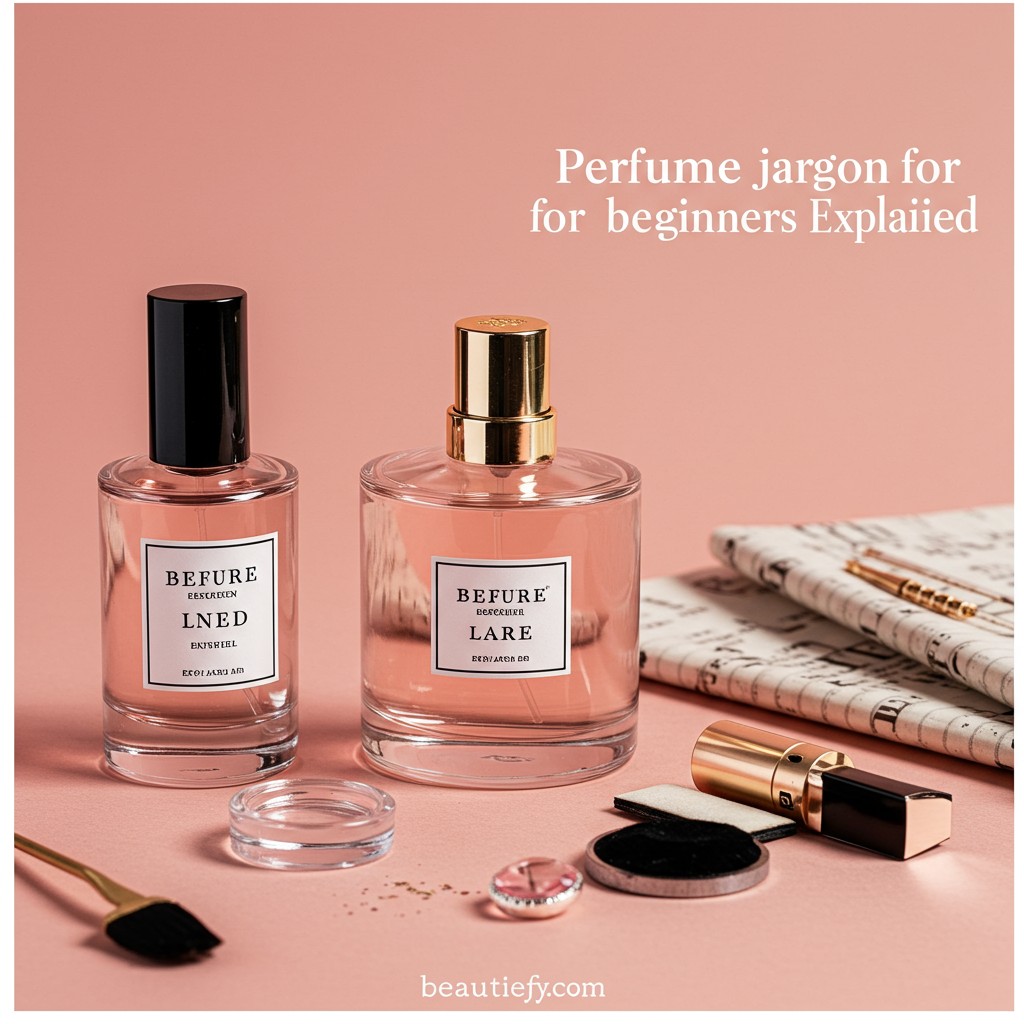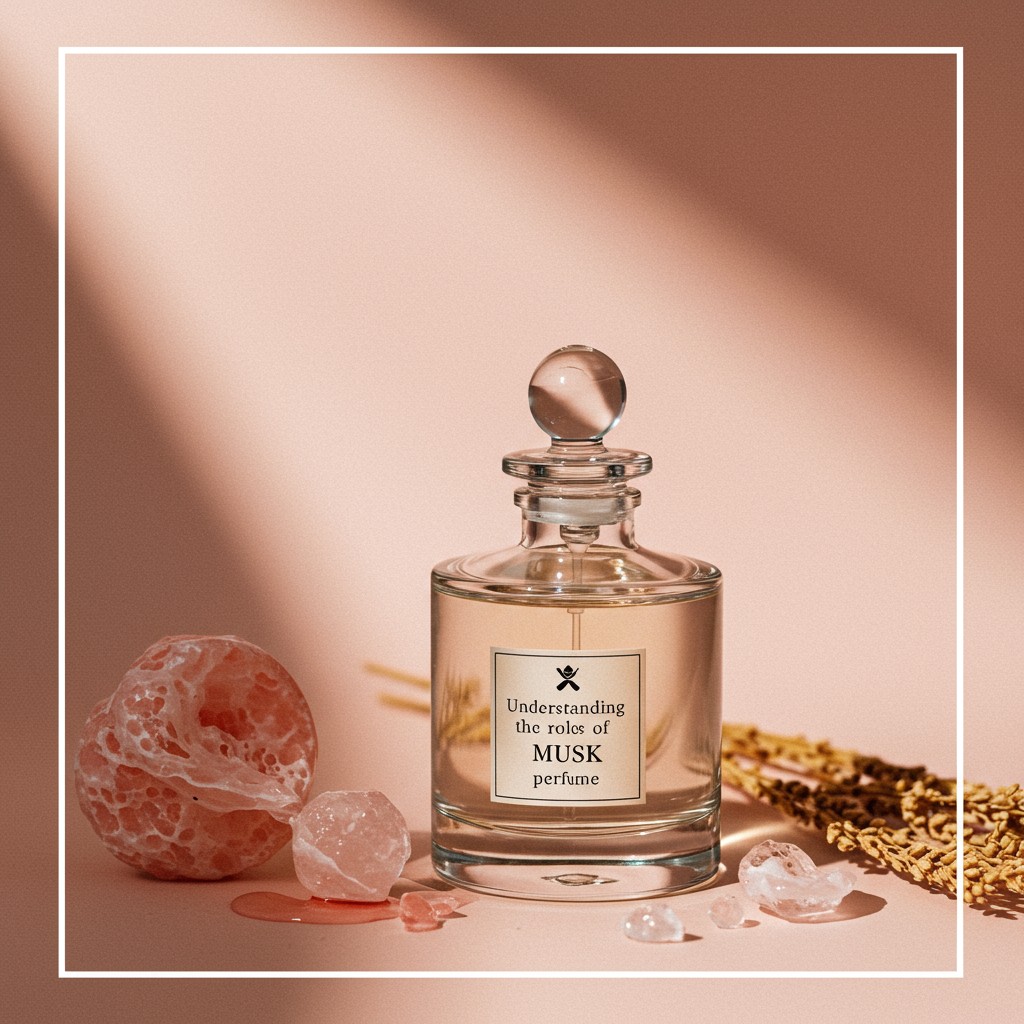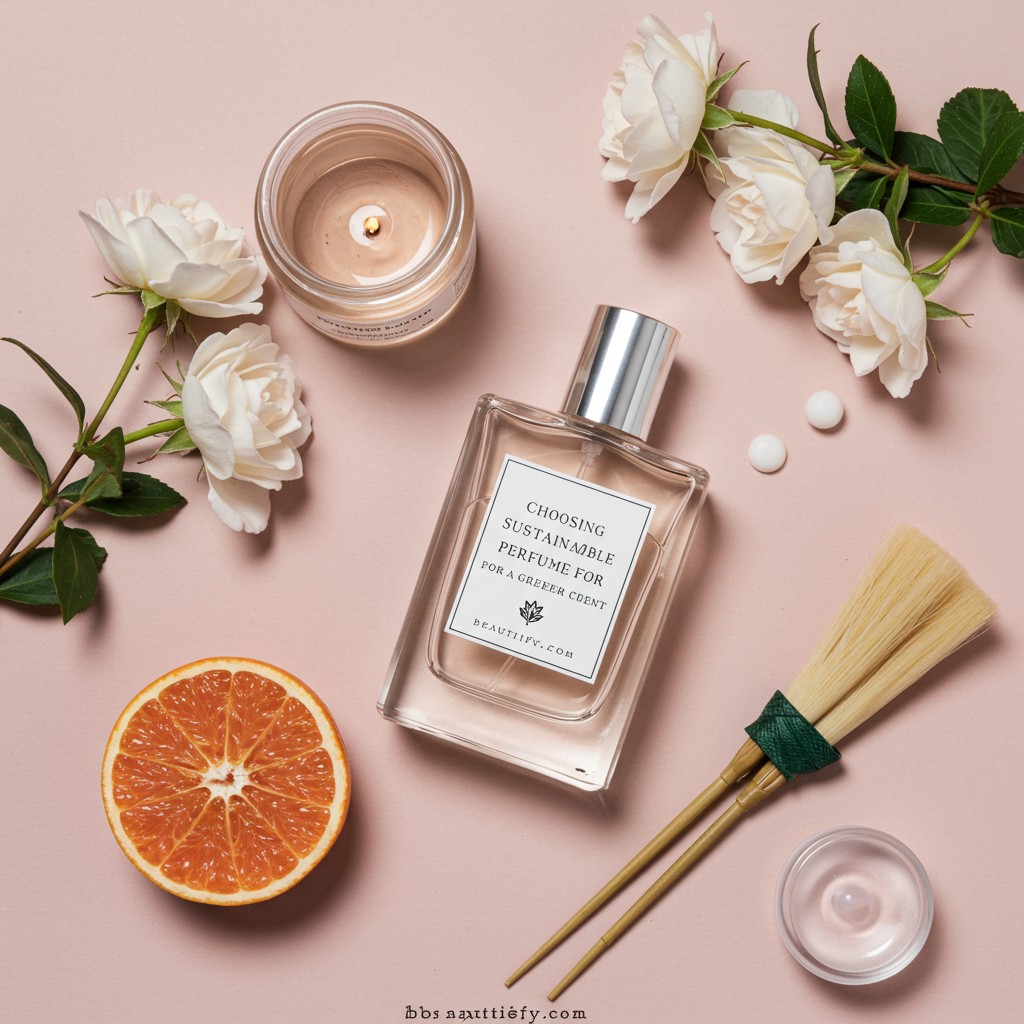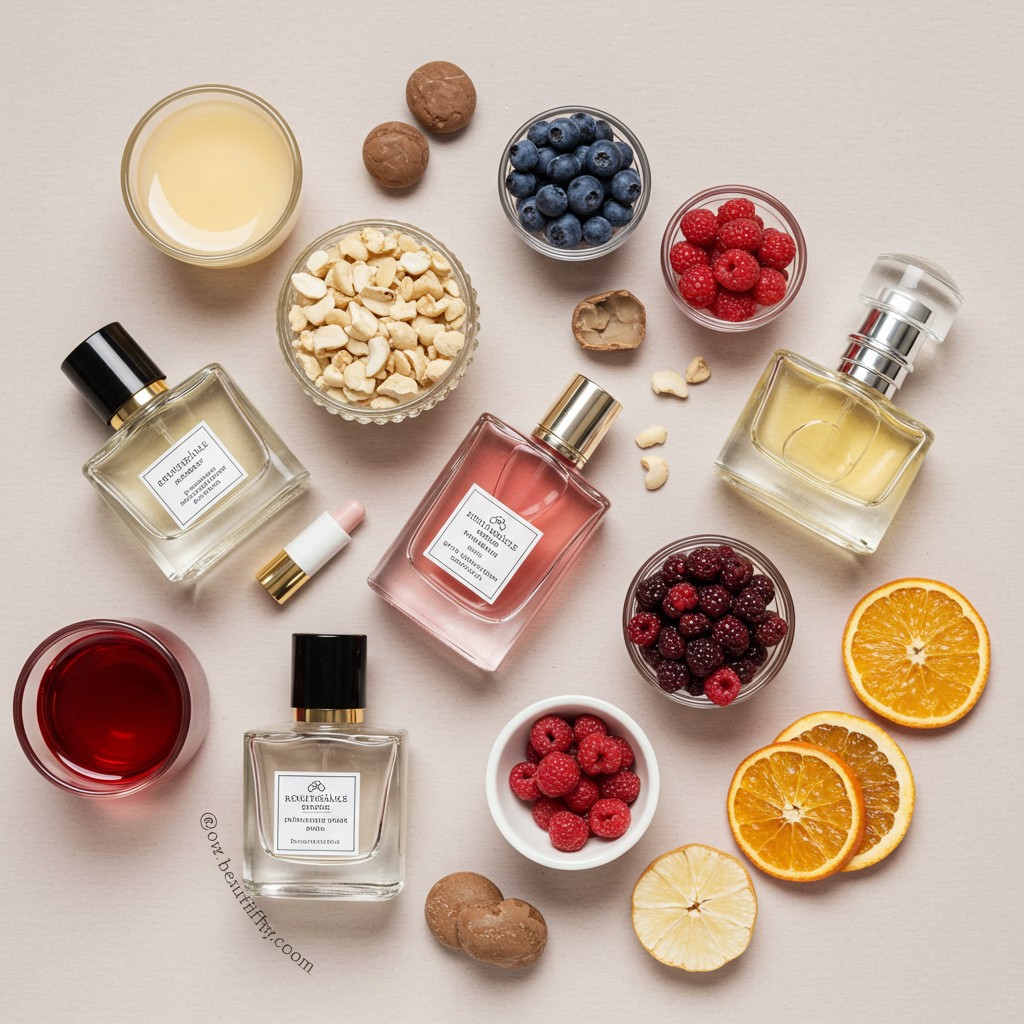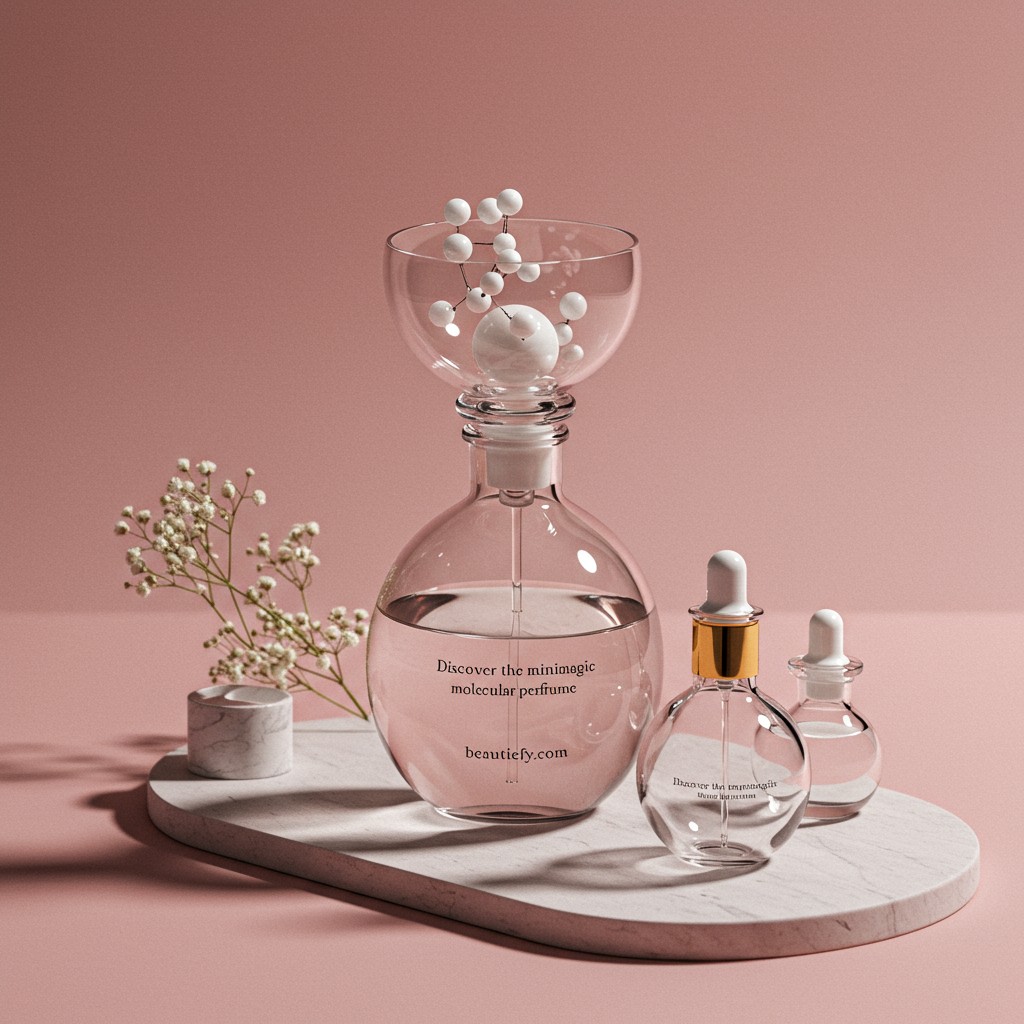Diving into the world of fragrance can feel like learning a new language. You’ll encounter words like “sillage,” “accord,” and “gourmand,” and it can be a bit intimidating. But don’t worry, understanding this perfume terminology is easier than you think, and it will greatly enhance your appreciation for the art of scent. Think of this as your personal glossary for the most common olfactory terms. At ScentSphere, we want to empower you to talk about fragrance with confidence and find scents you truly love.
Let’s start with the basics, the building blocks of any fragrance. You’ve likely heard of “notes” in a perfume. A fragrance is a composition of different scent ingredients, and these individual scents are called notes. They are categorized into three classes—top, middle (or heart), and base notes—which create the perfume’s structure and determine how the scent develops on your skin over time. Understanding this structure is key to appreciating the complexity of a well-made perfume.
Understanding notes accords and composition
Every fragrance tells a story, and that story unfolds through its notes. The top notes are what you smell immediately upon application. They are made of light molecules that evaporate quickly, providing the initial impression. Think of citrusy or herbal scents. After the top notes fade, the middle or heart notes emerge. These form the core of the fragrance and are usually more rounded and mellow, often featuring floral or spicy elements. Finally, the base notes appear. These are the rich, heavy ingredients that provide depth and longevity, anchoring the scent to your skin. They are what you’ll smell hours later. This entire structure is often called the “olfactory pyramid.”
So what, then, is a perfume accord? While a note is a single scent ingredient, an accord is a blend of several notes that are mixed together to create a completely new, unified scent impression. For example, a “leather accord” might be created by blending notes like birch tar, labdanum, and synthetic compounds to evoke the smell of fine leather. Creating a successful perfume accord is a sign of a perfumer’s skill, as it’s about creating a scent that is more than the sum of its parts.
Defining the scent’s character and trail
Now let’s tackle one of the most elegant words in perfume terminology, “sillage.” The sillage meaning comes from the French word for “wake,” as in the trail left by a boat in the water. In perfumery, it refers to the scent trail that a fragrance leaves behind as you move. A perfume with strong sillage is one that is noticeable to others around you, while a perfume with soft sillage sits closer to the skin and is more personal. It’s not about how strong a perfume is, but rather its diffusiveness and ability to travel through the air.
You may also come across descriptive olfactory terms that define a fragrance’s overall character. For example, a “gourmand” fragrance is one that features edible or dessert-like notes, such as vanilla, chocolate, or coffee. A “chypre” (pronounced ‘sheep-ra’) is a specific type of accord built around citrus top notes, a floral heart, and a mossy base, typically with oakmoss and patchouli. Learning these terms can help you better identify the styles of perfume you enjoy. When you’re ready to put your new knowledge to the test, you can browse our collections by notes and character in the ScentSphere shop.
What does sillage mean in the context of perfume
Sillage refers to the scent trail left in the air when someone wearing a fragrance passes by. It is not about the strength of the scent but its ability to diffuse and linger. A perfume with heavy sillage is very noticeable from a distance.
What is the difference between a note and an accord
A note is a single identifiable scent like rose or sandalwood. An accord is a blend of several different notes that combine to create a completely new and unique scent impression that is more than the sum of its individual parts.
What does it mean when a fragrance is described as linear
A linear fragrance is one that smells pretty much the same from the moment you apply it until it fades away. It does not have the traditional development from top notes to middle and base notes. The scent remains consistent throughout.


